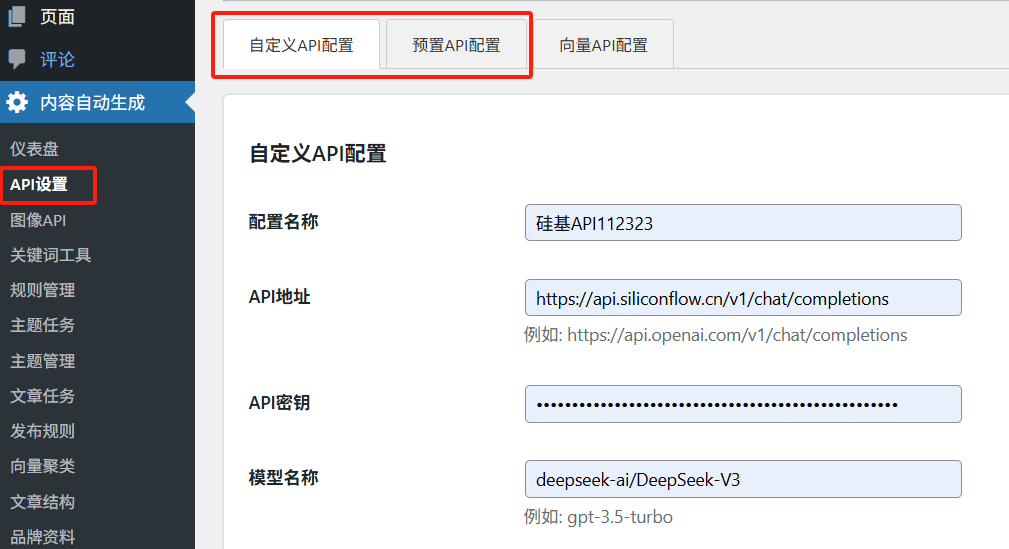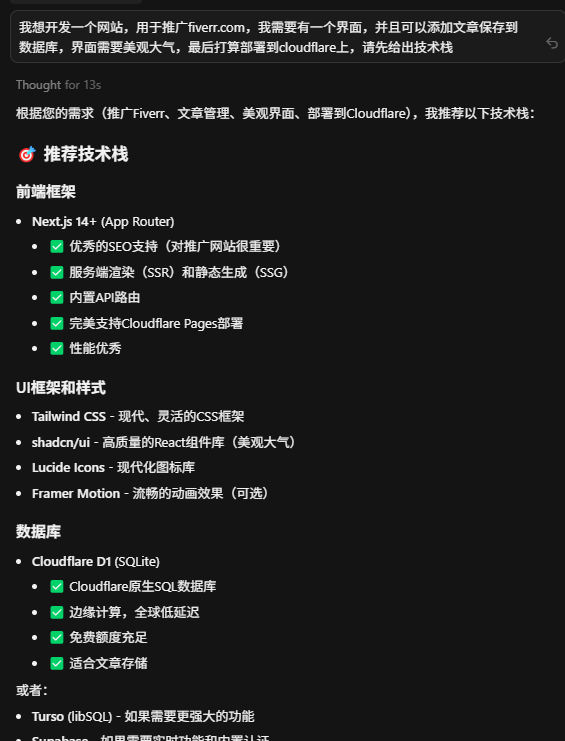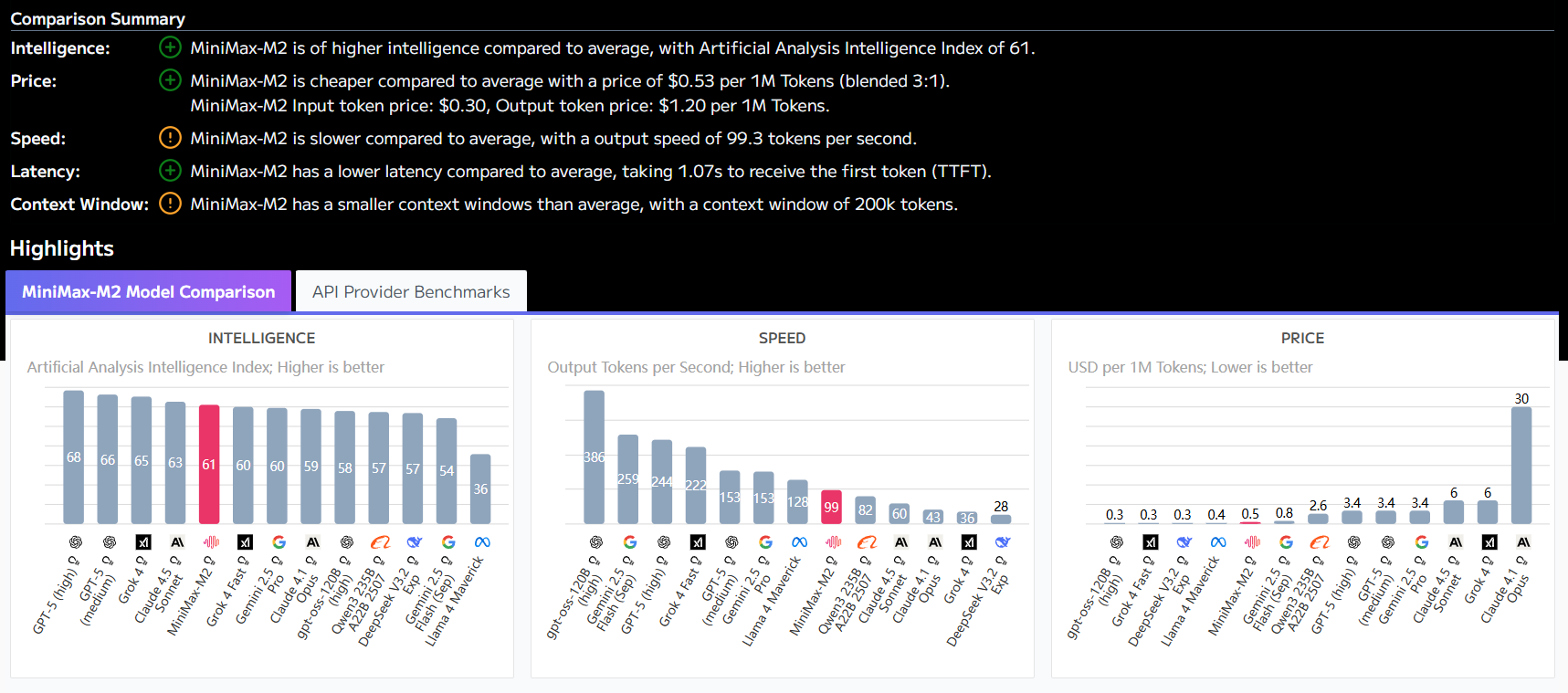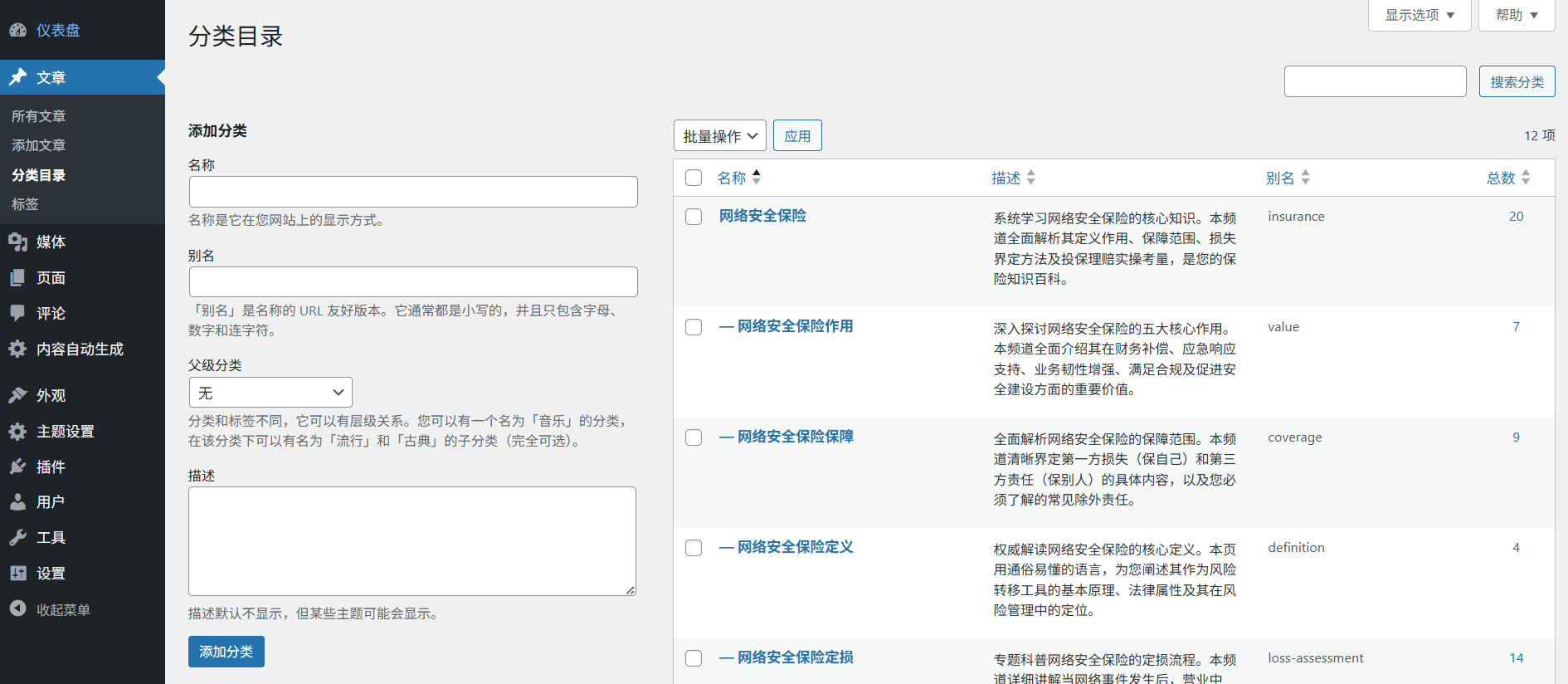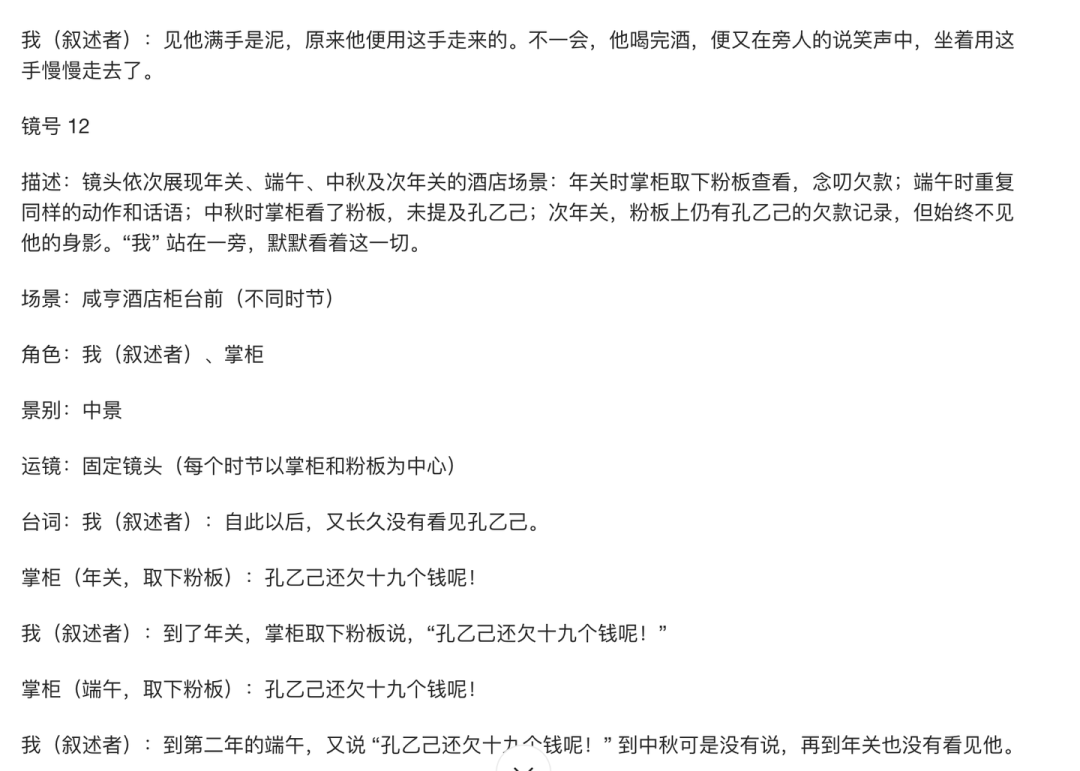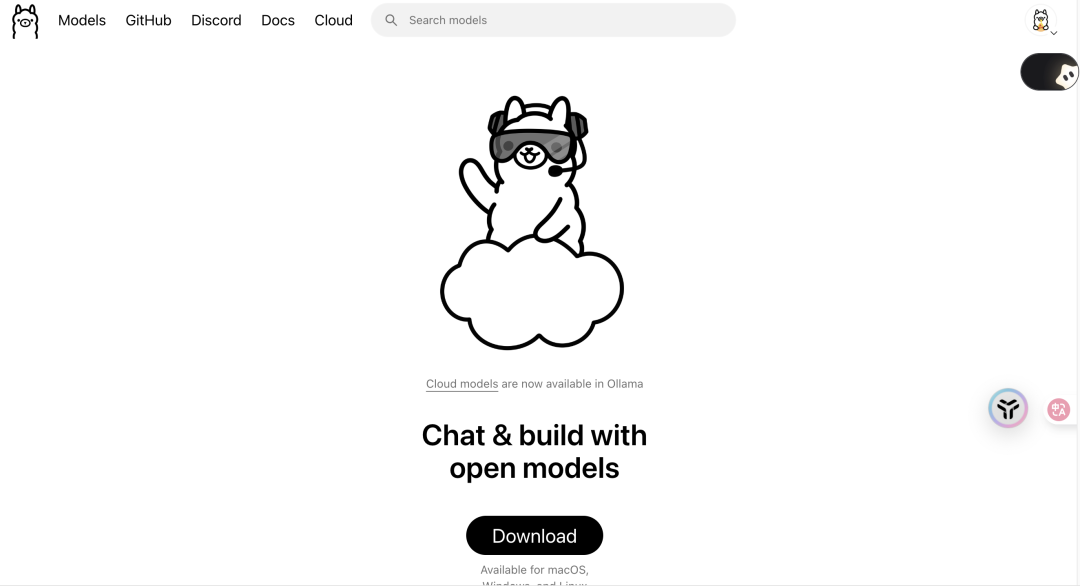Voyagard is an AI writing assistance platform designed for students, researchers and academics. Unlike general-purpose AI chatbots, Voyagard's core logic is centered around "academic compliance" and "full-process assistance". It not only generates a paragraph for you, but is also a comprehensive editor that integrates document management, writing touch-up, citation formatting, and weight checking functions.
In academia, where writing is often subject to rigorous formatting requirements and strict originality reviews, Voyagard addresses the pain point by allowing users to go through all the steps from inspiration note-taking, to draft writing, to finalizing the paper, all in the same interface. It has a built-in language model optimized for academic contexts that provides wording suggestions more in line with the paper's specifications, and integrates Turnitin-like checking logic to help writers identify potential citation risks before submission. For users plagued by cumbersome APA or MLA citation formats, Voyagard offers one-click generation and management of references, allowing writers to focus on the logical construction of their arguments rather than obsessing over formatting details.
Function List
- Intelligent academic embellishment: Provide language optimization advice for academic papers, including sentence restructuring, vocabulary upgrading, and tone adjustments to make articles more professional.
- Automated Citation ManagementThe system supports mainstream citation formats such as APA, MLA, Chicago, etc. Users only need to input literature information or links, and the system can automatically generate a standardized list of in-text citations and references.
- AI Checking and Compliance Detection: Built-in plagiarism detection highlights segments that are similar to existing literature and provides rewrite suggestions to reduce duplication rates and ensure academic integrity.
- Literature Dialog Assistant: Allows users to upload PDF papers or notes and quickly extract core ideas, abstracts, and data through AI conversations to assist in building a literature review.
- long document writing mode: An editor designed for long papers that supports outline view and sub-chapter management to avoid lag or logical confusion when dealing with dozens of pages of documents.
- Multi-language support: While the core optimization is aimed at English academic writing, it also supports assisting non-native English speakers in accurately translating ideas into authentic academic English.
Using Help
Voyagard utilizes a web-based online service model, which allows users to start writing directly through the browser without having to download a complicated client. Below is a detailed procedure to help you get started with this tool.
1. Account registration and workspace setup
After visiting the Voyagard website, click the "Get Started" or "Sign Up" button in the upper right corner. You can sign in directly with your Google account or sign up with your email address. Once logged in, you will be taken to your personal Dashboard.
In the dashboard, click "New Project", the system will ask you the type of writing (such as Essay, Research Paper, Thesis, etc.). After selecting the corresponding type, you can set the target citation format (e.g., APA 7th Edition), and the system will automatically configure the corresponding document specifications.
2. Importing literature or starting to write
When you enter the editor interface, the left side is usually the navigation bar, the right side is the secondary toolbar, and the center is the main writing area.
- Importing LiteratureIf you already have references on hand, click on the "Library" or "Sources" icon on the right to upload a PDF file or paste a link to the document. The system will automatically parse the document metadata (title, author, year).
- Drafting: Type your title and outline in the main writing area. If you get stuck, you can type a short prompt (Prompt), press the
Ctrl+J(or the AI Generate button on the interface), and let the AI help you continue a thought or expand an argument. - Utilizing the literature dialogue: Select one of the PDFs you uploaded, type "Summarize the research methodology of this paper" in the right dialog box, and the AI will quickly distill the key information, which you can insert directly into the text as a basis for citation.
3. Citation and embellishment
This is the core functional area of Voyagard.
- insert a referenceWhen you cite an idea, with the cursor at the end of the sentence, click on the "Cite" button on the toolbar and select the corresponding source. The system will automatically insert the correct format at the cursor (such as)
(Smith, 2023)), and synchronize and update the reference list at the end of the text (Bibliography). - academic embellishment: Select a paragraph that you feel is not written in an authentic way and click on "Improve" or "Academic Polish" in the hover menu. The system will give you 2-3 versions of the passage to compare and replace with a single click. These suggestions usually involve removing colloquial expressions and adding academic connectives.
4. Checking and exporting
Don't rush to close the article when it's finished.
- Operational checks: Click the "Plagiarism Check" button at the top. The system will scan the entire text and generate a report in a few minutes. If a paragraph is red-flagged, click on it and use the built-in "Paraphrase" tool to reduce the weight.
- Exporting DocumentsVoyagard supports exporting to Word (.docx), PDF or LaTeX formats. The exported document will retain all layout and citation links and you can use it directly for submission.
application scenario
- International students complete a final paper (Essay)
Many international students who are not native English speakers often lose points for poor vocabulary or one-dimensional sentences when writing an Essay. With Voyagard, students can write a first draft in plain English, then use the touch-up feature to bring the essay up to college terminology level, while automatically handling complex MLA formatting to avoid losing points for formatting errors. - Researchers writing literature reviews
With Voyagard's Literature Conversation, researchers can quickly sift through dozens of papers to find the core conclusions and use its citation management features to efficiently link these ideas into a logical literature review without manually switching back and forth between Zotero and Word. - Proofreading of manuscripts by academic editors
For tutors or editors who need to mentor students, Voyagard can be used as a first step in the "cleaning" process. Students' drafts are imported into the system, potential plagiarism risks are quickly detected, and obvious grammatical errors are quickly corrected using AI suggestions, so more time can be spent on guiding the logical structure and innovation of the article.
QA
- Is Voyagard free?
Voyagard typically offers a Freemium model. Free users have access to basic writing and limited AI generation. A Pro subscription is usually required for unlimited re-checking, advanced touch-up modeling, and unlimited document storage. For pricing, see the Pricing page on the website. - Will using Voyagard be judged as AI writing?
This is a common problem. the goal of Voyagard is to be an aid, not a replacement. It's true that if you rely entirely on AI to generate full text, you may be recognized by detection tools. However, Voyagard offers "humanize" and rewrite tools that encourage users to create secondary text based on the AI's suggestions. Proper use of embellishment and citation features is not only academically sound, it's often safe. - Does it support Chinese academic writing?
Voyagard's core training data is primarily based on English academic literature, and therefore performs best on English writing. Although it understands Chinese instructions and performs basic Chinese touch-ups, its support for Chinese-specific citation standards (e.g., GB/T 7714) may not be as complete as English standards. It is recommended to be used mainly for English paper writing.



















